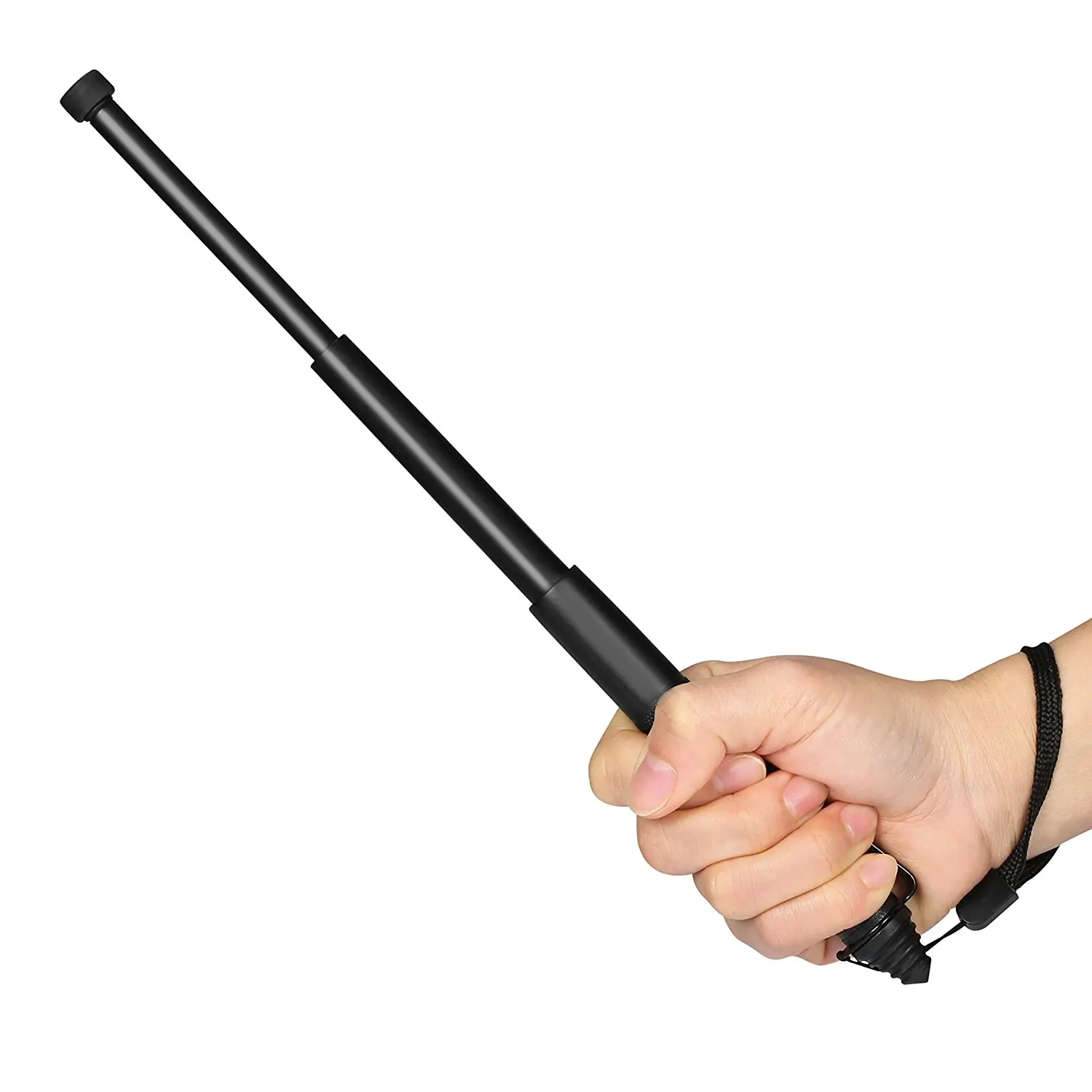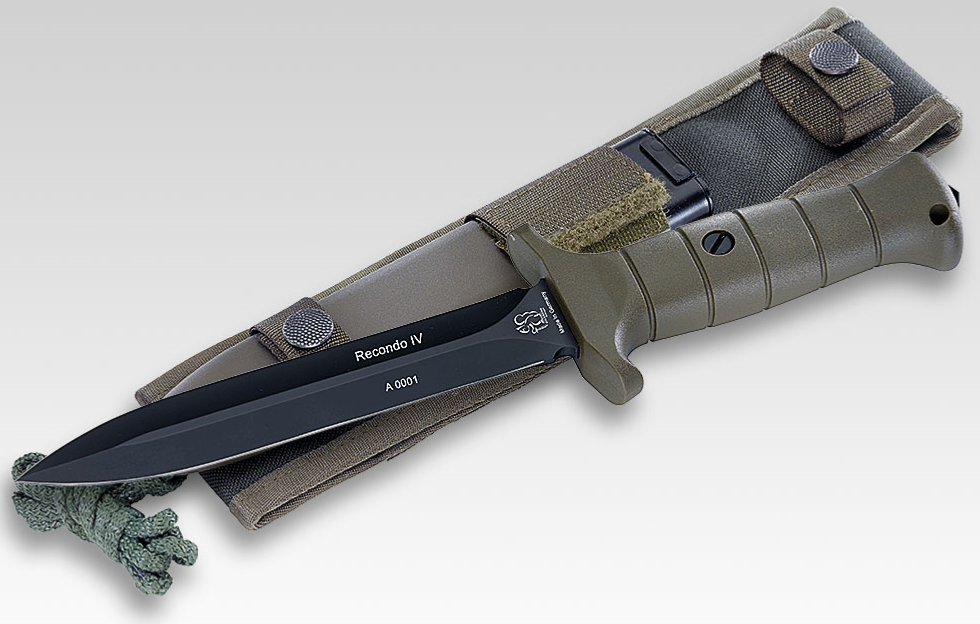The Best Non-Firearms Self-Defense Weapons

When you find yourself in a terrifying situation, you need to think quickly. Your life depends on it.
When it comes to self-defense tools, nothing beats a gun. But guns aren't always available when something terrible happens.
Keep reading for your guide to the best home defense weapon that isn't a gun.
1. Telescopic tactical stick

A tactical baton is a stick made of metal or wood that is used for military or police purposes, and it is one of the best self-defense weapons.
A telescopic baton is an excellent ranged weapon for personal defense.
Laws on tactical batons vary in the United States. In some states, wearing them is legal for any citizen. In others, it's a crime to own one at home.
There are several varieties of tactical batons, but the telescopic baton is the most popular with the military and police. A telescope is a cylinder with a lens that contains other cylinders. A telescopic stick is therefore a stick that folds up to go from an elongated state to a smaller state to be transported.
When you deploy it by slamming it down, the metal slides out with an intimidating cracking sound. You definitely don't want to be hit over the head with a telescoping metal baton, and you could win a fight by intimidation alone with this tool.
2. Living alarm system

If you don't have a gun, and you can't or won't defend yourself by other violent means, there's still the oldest and most effective home alarm system ever invented: a bunch of dogs!
It's not for nothing that man's best friend got this nickname. Dogs are one of the most effective and safest household defense mechanisms available.
3. Pepper Spray [OC]

Pepper spray is a self-defense tool used by millions of people around the world. This device can be effective in encounters between humans. It is also used for animal control; this category includes bear spray or dog control spray.
Pepper spray is exactly what it says it is: an aerosol made from chili peppers. The oil from some types of peppers gives pepper spray.
There is a lot of confusion between pepper spray and tear gas. They are completely different substances.
Pepper Spray VS Tear Gas
Tear gas is a chemical agent used by the armed forces and the police, and is not available for civilian use. There are very few regulations regarding the labeling of pepper sprays for consumers.
Pepper spray is also known as capsaicin spray or CS gas. Pepper spray is a less than lethal agent, meaning it's more of an irritant than a lethal weapon. Police forces often use pepper spray for riot control or for area denial operations against civilians.
CS gas is also used to safely render a building uninhabitable. The police have "CS Grenades" that can be thrown into a room which will then be filled with pepper spray. Unless wearing a gas mask, almost any human will flee the area once CS gas is deployed.
Boundaries
It is important to understand the limitations of using pepper spray as a real-world self-defense product. It seems that many people are under the impression that pepper spray can be used against a determined attacker. This is not the case !
Pepper spray is very useful for security personnel to ward off intruders. There are many situations where a business entity doesn't want to sue someone, you just want them to vacate the property.
In a situation that is not a matter of life or death, where an unarmed person is merely belligerent but not lethal, pepper spray can be an effective tool for trained personnel.
But in the hands of an untrained person, the likelihood that pepper spray will be deployed in a way that saves a person's life and property decreases. Pepper spray should be considered a tool of property defense and should be used by trained personnel who have other means of defending their lives, such as a backup firearm.
4. Knives

A metal blade is obviously one of the deadliest weapons you can find in the home.
However, if you pick up a knife, make sure you understand your intention. Brandishing a knife in the direction of another person is not only a crime, it is also a clear signal that a fight is on, so beware!
5.TASER ECD

TASER is the trademark of an electronic control device manufactured by Axon Corporation. Like "Jello" and "Xerox", the Taser has mistakenly become synonymous with an entire type of consumer product.
There are civilian versions with a range of 15 feet as well as military and police animal control versions.
Other than a firearm, the best home defense weapon for self-protection is the TASER Pulse shown below (click image to go to product page).
Without being a gun or a pistol, a shot from this device will immediately knock the person down.
She will remain where she fell, completely unable to move for a 30 second cycle. You can pull the trigger again for another 30 seconds of immobilization.
The basic concept of a TASER device is that it is a gun with small barbs that are actuated by pressurized air. These barbs wind a very fine thread. If a shot hits its target, it is connected to the device by two wires in an electric current which is applied by pressing the trigger.
At this time, a very high intensity electric current is applied through the wires and into the barbs. This causes a painful electric shock. This results in a "neuromuscular incapacitation" which causes the victim to fall to the ground and be unable to move for half a minute.
The TASER weapon is considered a non-lethal device, although numerous cases of lethality have been reported.
6. Stun Guns
The "stun gun" is one of the self-defense weapons that has a bit of a weird name. It's not really a gun since it doesn't fire a projectile.
A stun gun is actually an exposed fancy battery that is used to shock an opponent with electricity.
The first stun guns or electric cattle prods were used in animal husbandry and on the farm. Never use a cattle prod on a human. Unfortunately, stun guns have been used in torture scenarios, replacing the old trick of "connecting nipples to batteries".
Many stun guns emit an electric arc when the activation button is pressed. This can cause an intimidating sizzle. A prisoner handcuffed to a chair certainly doesn't want to hear the sound of a stun gun going off.
7. Tactical flashlights
Tactical flashlights, sometimes called "military torches", are powerful lights that serve multiple purposes. They are made from space-age metals that are very light and strong. These devices can be brandished like a truncheon in combat.
Some tactical lights have high intensity strobes that can be used to blind an attacker in a dark environment.
Military-grade torches can be equipped with blinding lasers or emit light in the infrared or ultraviolet spectrum. IR torches are used to illuminate an area for soldiers wearing night vision gear, but are invisible to the naked eye.
0 comments